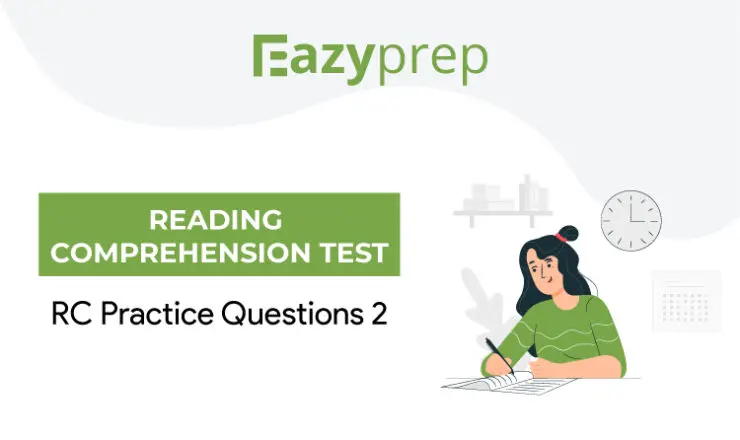![]()
 What will you learn in this article
What will you learn in this article
- What are adverbs
- Why are the different roles of adverbs
 ExamConnect
ExamConnect
This basic knowledge of adverbs is very important in entrance exam questions like:
- Fill in the blanks, to select the correct option
- Reading comprehension, to understand sentences correctly
- Parajumbles, to order phrases containing adverbs correctly
Adverbs: Definition and Functions
Hey there! It’s adverbs time!
Love cricket? Well, maybe not all of us do, but who can not get excited seeing Tendulkar, Dhoni, or Kohli scoring multitude of runs in the last over to make India win! I, myself, have jumped out of excitement seeing them win the match for us and then discuss the same excitedly with my friends.
“Yaar, did you see how amazingly Dhoni played? I almost had a heart-attack when he was going to get run out in the last over, but thankfully he runs so quickly in between the wicket!”
Let me tell you, you would be unable to share this excitement if you did not have the help of adverbs in your speech. The adverbs in the sentences above are given in bold. Remove them and check the sentence. It has lost its meaning and most of its excitement.
So what is the role of adverbs?
Role of Adverbs
The role of an adverb is to give more meaning to and modify a verb, adjective, another adverb or phrase in its sentence. Let’s see how it does that using an excerpt from cricket commentary going on during a match.
EazyTip: Use acronyms to remember a series of words. For example, adverbs modify verbs, adjectives, adverbs or phrases, i.e. they modify VAAP
“Sharma plays beautifully. He is very instinctive. He understands the psyche of the bowler quite clearly. It’s almost as if he was sitting close beside the bowler when the plan was being made.”
In this action-packed commentary, the commentator has used a lot of adverbs to describe the Sharma’s batting
1. Adverb describing verb
Sharma plays beautifully.
In this sentence the adverb beautifully shows how or in what manner Sharma plays; that is, beautifully modifies the verb plays. These are the most basic types of adverbs, and the ones taught to us in primary school.
2. Adverb describing adjective
He is very instinctive
In this sentence the adverb very shows the degree or to what extent he is instinctive; that is, very modifies the adjective instinctive. These adverbs add a degree of intensity to the adjective.
3. Adverb describing another adverb
He understands the psyche of the bowler quite clearly.
In the above sentence the adverb quite shows to what extent Sharma understands the psyche of the bowler; that is, quite modifies the adverb clearly. You can use as many of these adverbs in your sentences as you want, but just remember, they can make your sentences very complicated.
4. Adverb describing a phrase/sentence
It’s almost as if he was sitting close beside the bowler when the plan was being made.
In the above sentence the adverb close shows the manner or proximity of Sharma’s sitting beside the bowler; that is, close modifies the phrase sitting beside him. These adverbs can modify a part of the sentence (the phrase), or even the whole of it.
More Examples
Here are some other examples to help you revise functions of adverbs:
1. Adverb describing verb
- Kritika writes neatly
- Shyam plays the violin crudely
- Rohit walks very clumsily
- They are annoying as they talk very loudly
- It cries rather sharply
2. Adverb describing adjective
- Rama is too nice to me at times
- Milk chocolate can get very sweet is not balanced with something tangy
- Gita is quite tall
- Som is more interesting than I thought
3. Adverb describing another adverb
- She sings very loudly
- They drive quite rashly
- He talks rather rudely
- Nikhil draws much better than he did in the competition
4. Adverb describing phrase/sentence
- Fortunately, it rained yesterday
- Interestingly, they won the match
So that’s about it. Now that you know what role adverbs play in our language, (Remember: they modify VAAP), let’s move on to learning types of adverbs next.


